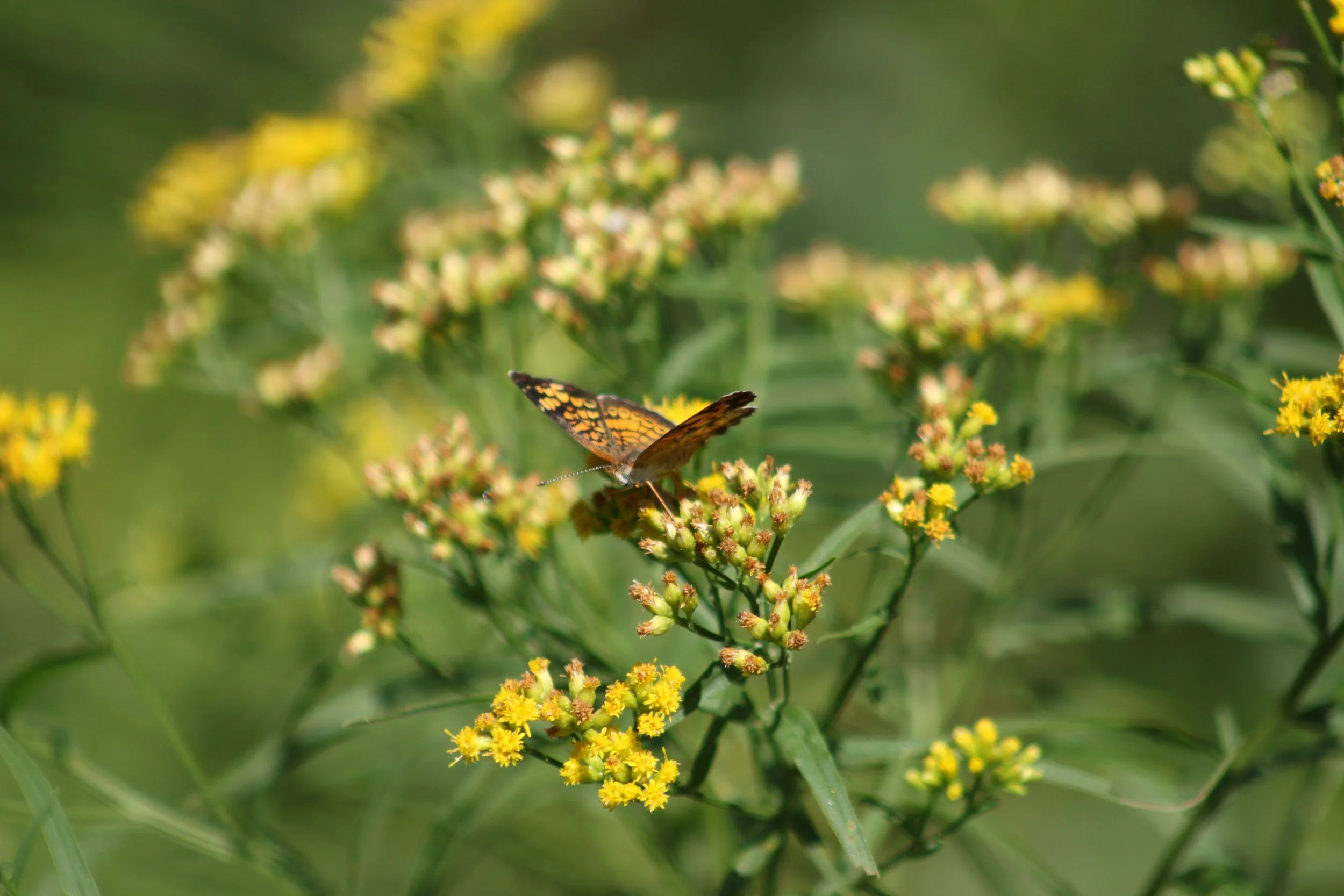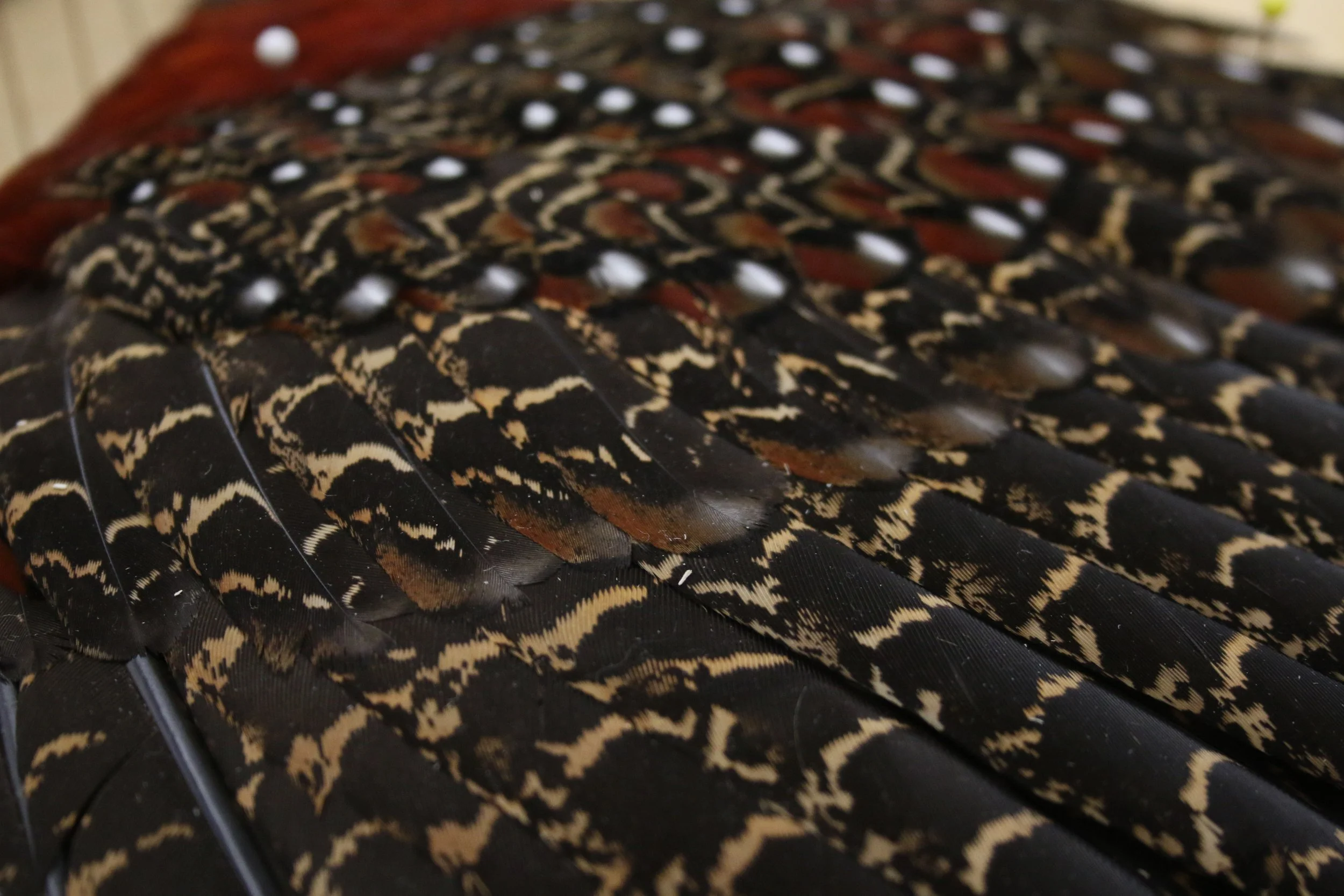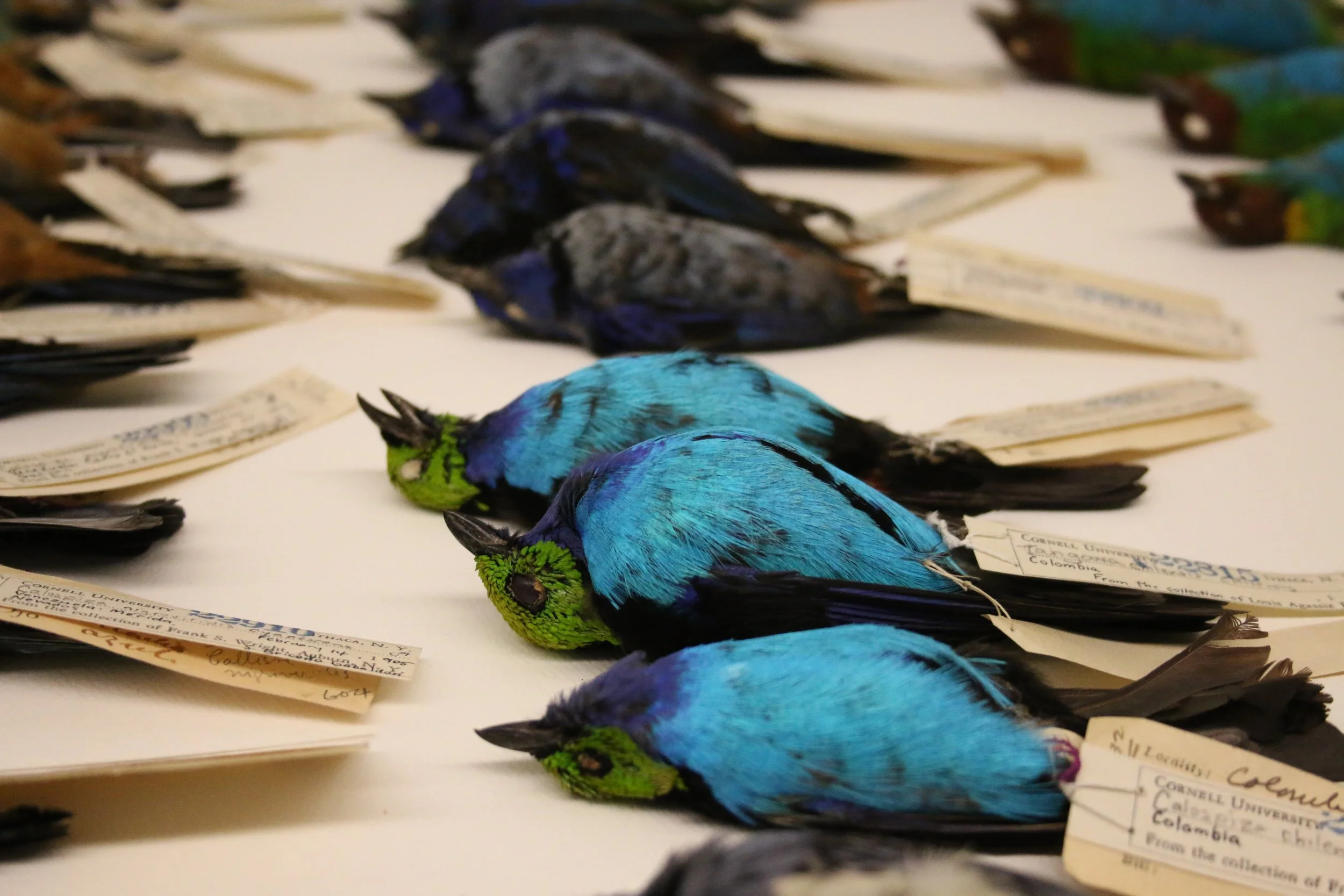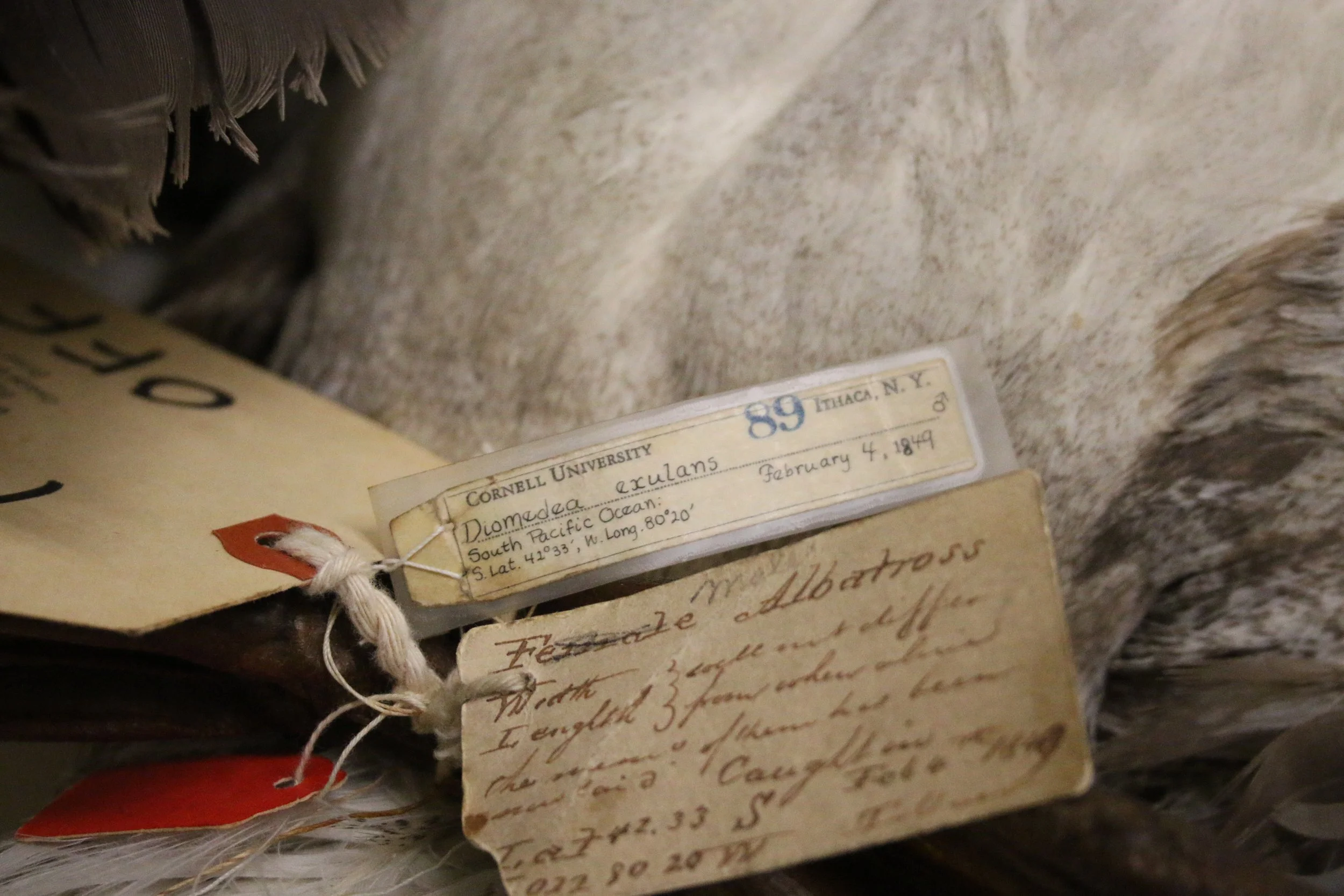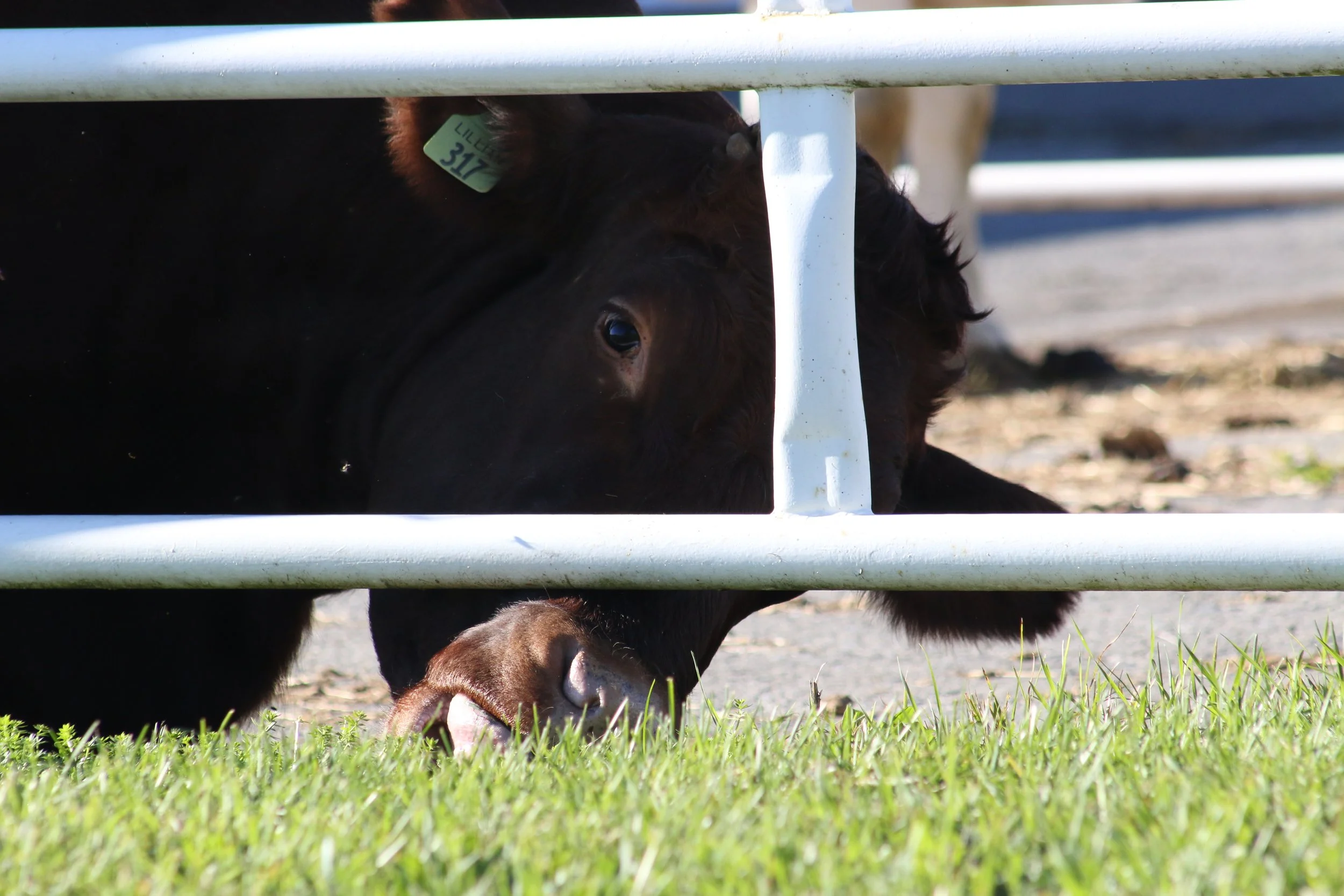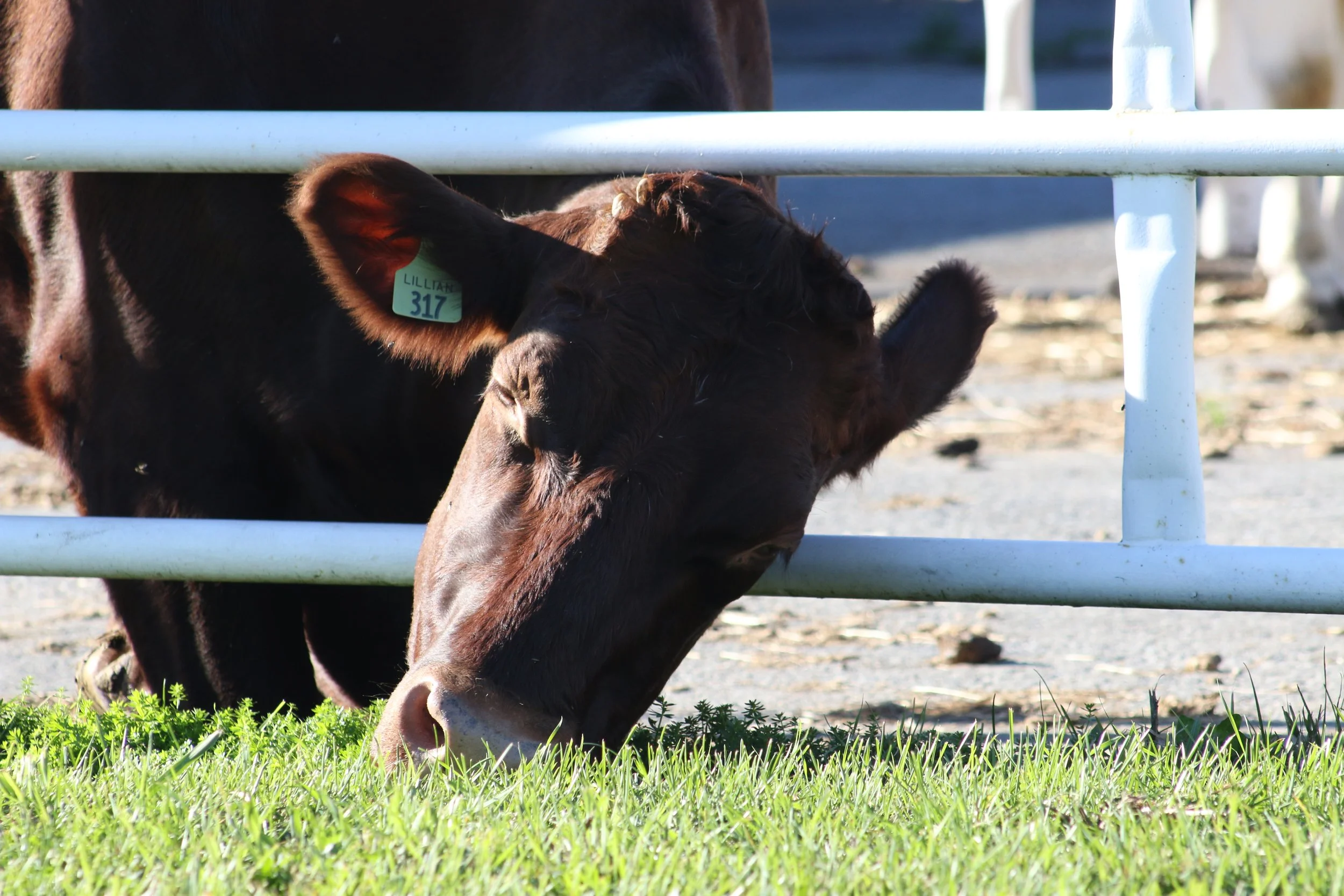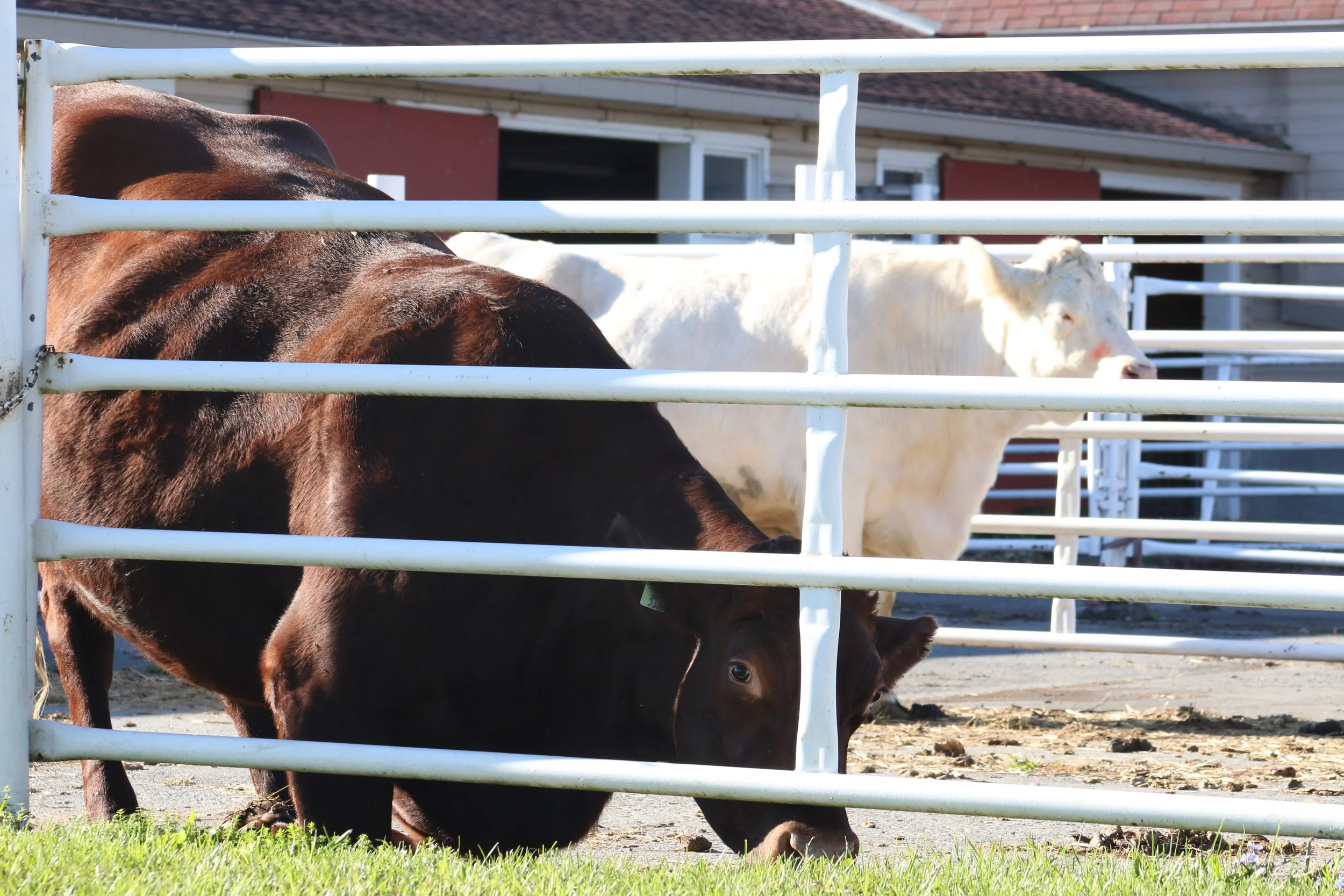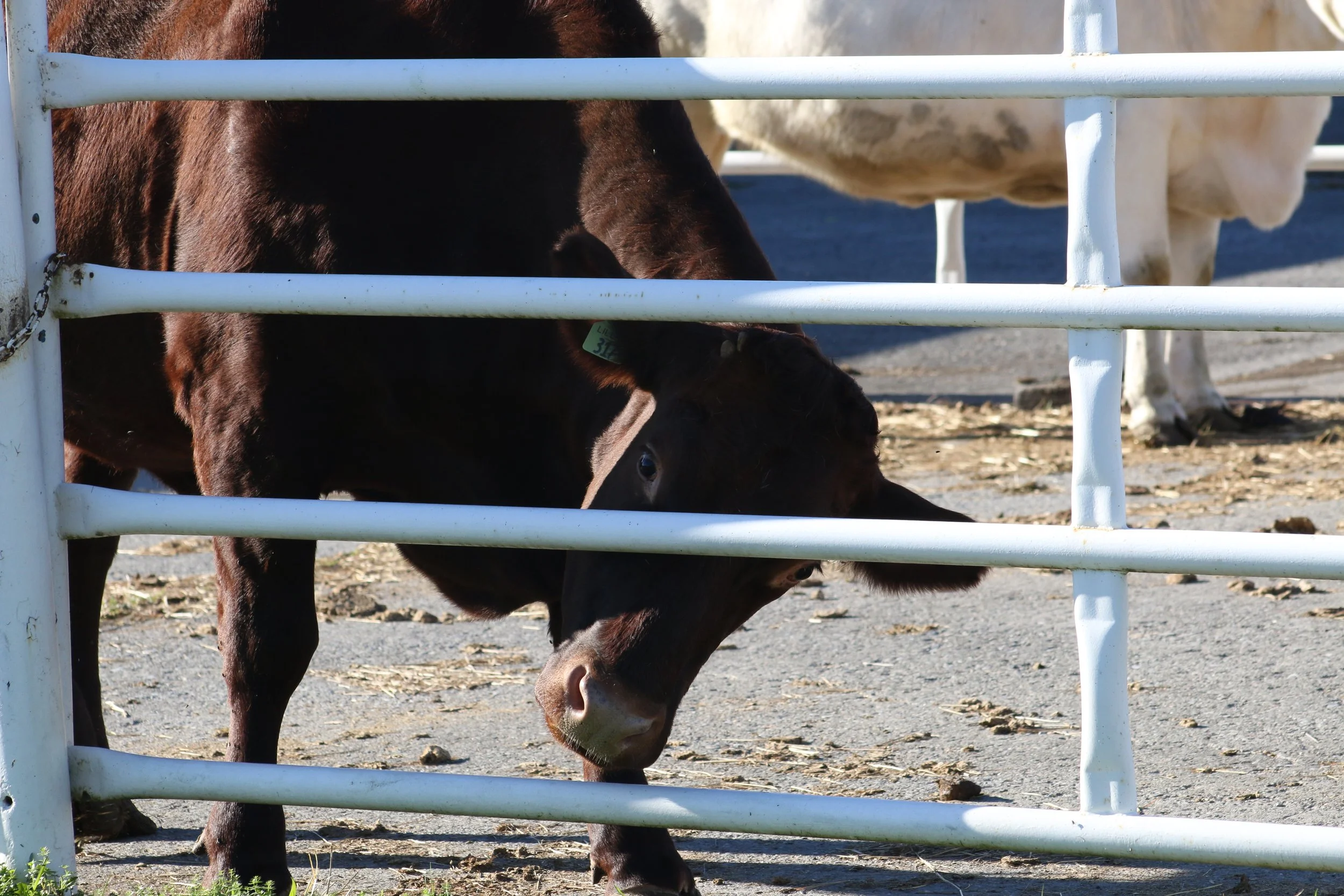Is All Research Created Equal?
Written by Annalisa Raji
Edited by Claudia Reines
Cornell undergraduates struggle relentlessly to get into their most desired research lab, but what is the environment like in the more niche lab offerings at this University? With over 100 offerings of research labs, programs, and centers, one is sure to find one that fits their interests. However, according to the Center for Hospitality Research to the Laboratory of Plasma Studies, desirability from each hopeful, aspiring researcher can differ greatly. Innovation, discovery, and impact are highly valued when considering a research program to join. Not only does the “popularity” of a certain research field matter significantly, but also the size of the lab and the public image. Unfortunately, the more specific or uncommon topics tend to be left out of conversations of scientific importance.
But is all research created equal? Do all the various research offerings provide the same levels of innovation, discovery, and impact? Does all research deserve time in the spotlight?
Photos taken by EllaRose Sherman (eks92@cornell.edu)
To start, the scope of Cornell’s ornithology lab is astonishing, considering the options for ornithology studies at universities are quite limited. Cornell’s ornithology lab is an academic leader in the nation due to their progress and discoveries. Even if the study of birds is not the first topic that comes to mind when thinking about research, the impact of ornithology is indisputable. Ornithology covers habitats in addition to birds. The Hubbard Brook Field Ornithology Program at Cornell is home to several passionate undergraduate researchers.
In 2023, undergraduate researcher John Deitsch examined how artificial light at night (ALAN) affected arthropod diversity. While this study was conducted in the Hubbard Brook Experimental Forest, the findings focus on larger issues ecosystems can experience when exposed to ALAN such as consequences on ecologically important populations such as arthropods. Biodiversity and ecosystem sustainability are greatly influenced by such populations. On a larger scale, artificial light polluted areas could experience obstacles in their larger ecosystems, creating an even more pressing issue. Deitsch’s article highlights and supports findings that could have significant implications for sustainability and environmental policy development.
More so, the science of the environment can not only have an impact on public policy, but also on disease research. The McArt entomology lab undergraduate researcher Sally Compton defended an honors thesis predicting pathogens by examining bee traits. Her research found that functional traits can be used to determine pathogen prevalence, and they could specifically assist in understanding epidemiology across various diverse communities.
As major pollinators, bees are extremely ecologically important and vital to life. The decline of pollinators has led to an increased need for research like Compton’s.
Photos taken by EllaRose Sherman (eks92@cornell.edu)
Pollinators are not the only species that ensure nature’s balance. One of Cornell’s most niche programs, the Cornell Dairy Center of Excellence, received a grant in 2022 to fund research aimed at finding a sustainable process to produce milk. The outreach piece of the project was funded by the National Science Foundation Research Experiences for Undergraduates. Five dozen students and faculty, undergraduates included, worked on science communication for the project at the Ithaca Science center. They then presented findings from the project to the public. Undergraduates also participated in local outreach, and these efforts were all geared towards supporting sustainable milk production.
The communication of animal science and new research is vital to global economics, but proper communication is especially important to the everyday citizen. Milk has maintained its position as a global form of sustenance, so research that finds alternatives in the face of high demand is key.
Every aspect of science is connected, no matter how small or how uncommon. Science is deeply intertwined with public policy, economics, and the common citizen. With all of this in mind, a niche undergraduate research project can become the starting point for scientific and public innovation previously unthought of.
All research has the potential to change the world.
Annalisa Raji ’29 is in the College of Arts and Sciences. She can be reached at agr95@cornell.edu.
Sources

